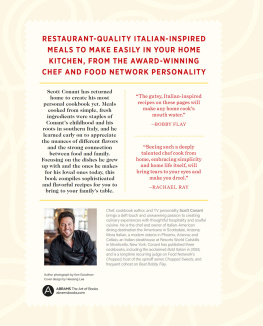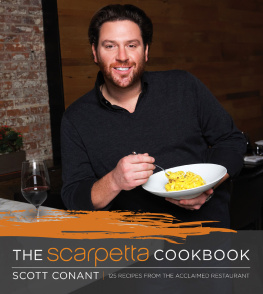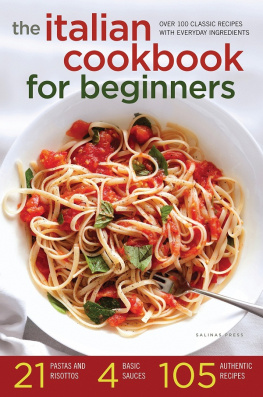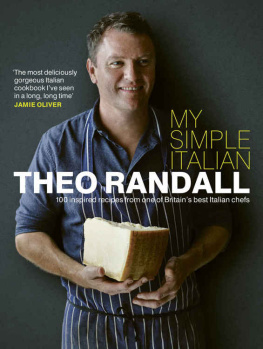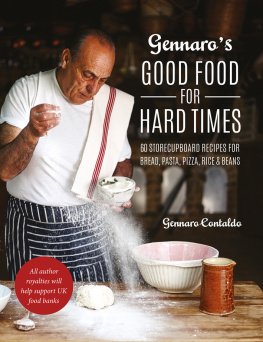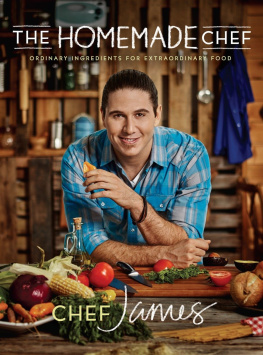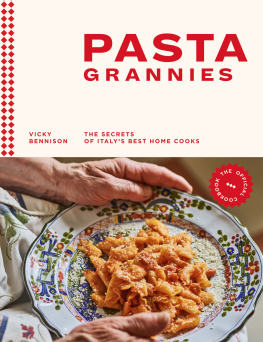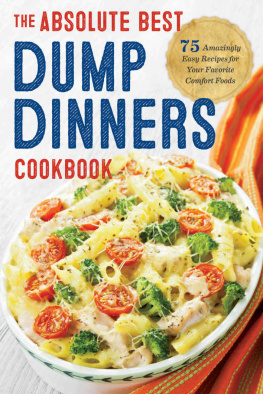Contents
Guide
Page List
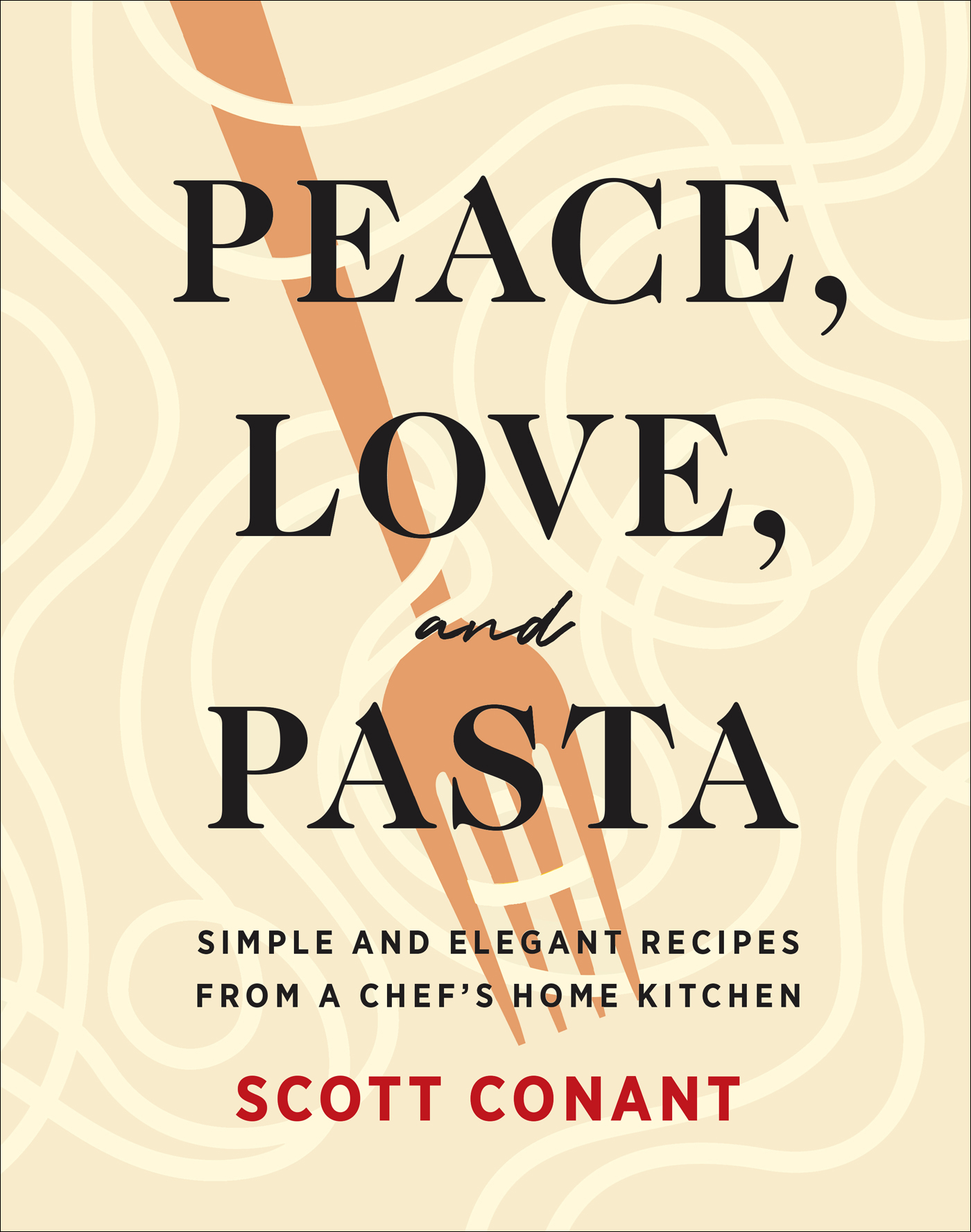



To Meltem, Ayla, and Karya:
You are my world

Introduction: In Praise of Simplicity
For the first twenty years of my career, everything was complicated: Business was complicated; my life was complicated; my schedule was complicated. Even the food I served in the restaurants was complicated. From my very first kitchen job, I have worked tirelessly to prove myself and discover my own way of doing things. A simpler way. Im the middle child, so perhaps thats why Ive always strived to stand out. But whatever I did, I didnt just want to cook my version of someone elses food.
Becoming a chef was, technically, the backup plan. After my dream career of becoming a professional baseball player and retiring at forty didnt look like it was going to pan out, I turned to vocational school, where I selected plumbing as my initial field of study. (The salaries in most of the other fields topped out at $30,000 a year, but plumbing paid $35K, and I was saving up to buy a car. What can I say? Fifteen-year-old boys have their priorities.) From there, I went to the second choice on my list: culinary arts. (Hairdressing was number three, because that just seemed fun.) Though I had fond associations with cooking and eating from my childhood (the pot of sauce my mother had on the stove every Sunday; sitting around the table after a family dinner watching the adults eat angel wing cookies and pass a bottle of Strega around; lobster rolls with my grandfather in Maine), I hadnt necessarily thought of those memories as prerequisites for a job. But I liked to eat, and I also needed to work. Cooking seemed like something I could do.
I realized I had found my niche after our neighbor Kathy Vitone, one of my moms close friends, helped me get a job as a dishwasher at the seafood restaurant her husband owned. In the kitchen at the Sea Loft, I rediscovered the atmosphere I had been missing from the baseball field. Over the course of thousands of two-for-one lobster dinners and countless vats of Ritz cracker stuffing and potato salad, I absorbed the close camaraderie, specialization of roles, high stakes, and risk of failure that were familiar to me from my ball-playing years. (Plus, plenty of crazy antics with my teammates behind the scenes.) Its also where I encountered my first mentor, a line cook named Mo Collins, from whom I learned important lessons on how to run a successful kitchen: how to be organized and efficient, and how to keep the mood light even when cooking for large, demanding crowds.
My education in food came next. First at the Sheraton banquet hall in Waterbury, then at San Domenico in New York and at the Hotel Bayerischer Hof in Munich, I started to really pay attention to what I was cooking. My range of ingredients expanded, my technique became more refined, and I started to appreciate how the layering of clean, strong flavors in a dish could elevate it to become more than the sum of its parts. While I lived in Germany, I went to Italy every chance I got and saw how much more there was there food-wise beyond what I knew from the Italian-American cooking I had grown up with, and I fell in love with it. In particular, cucina rusticaItalian home cookingreally resonated with me. It was a real light bulb moment: my discovery that rustic, modest, simple dishes could have an elegance that surpassed fussier, more complicated staples of what was then considered fine dining. The key, I realized, was in the elevation of simple elements: a beautiful fish cooked in a straightforward way, or perfectly ripe tomatoes accompanied by only fresh basil, burrata, and extra-virgin olive oil. By the time I returned to New York, in the mid-1990s, and eventually made my way to Chianti (the Upper East Side restaurant I helmed after leaving San Domenico), I was champing at the bit to start communicating this message, through my cooking, to the world.
Chianti was the first kitchen that was really my own, and I gave all of myself to it: all of my creativity and passion in the kitchen, and whatever remaining energy I could summon making the rounds in the dining room every night. It was exhausting. Whenever I wasnt working, I was constantly panicked that people werent going to get what I was trying to say: that there are so many amazing things that can be done with simple ingredients treated right, that rustic cooking doesnt have to mean sloppy. But in 1998, somebody did: Ruth Reichl gave us a great review in the New York Times, praising the admirable simplicity of the food. That review, and the success of Chianti, propelled me toward new opportunities in restaurants, TV, and retailopportunities that were very exciting but, increasingly, made my life busier and more complicated professionally, just as I was ready to focus on my previously neglected personal life.
During this period, I got married, my daughters were born, and I moved out of New York. Little by little, my life shifted in a way where, for the first time in decades, I was cooking primarily for the people I loved, and my goal was no longer to impress this new clientele so much as it was to nourish them and spend time with them around the table. And simultaneously came the introduction, through my wife, Mel, to Turkey and Turkish cooking. All of a sudden, I was falling in love with an entirely new cuisine, one that I soon felt a kinship withhowever poor my Turkish language skills werebecause of its reverence for clean, clear flavors and the value my wifes family put on spending time around the table together. This emphasis only increased when our girls, Ayla and Karya, came along, and it has deepened as Ive seen how we are all folded into the family through the mealtime rituals and our discovery together of this world of new tastes. Let me tell you, theres nothing like a Turkish breakfast table to make you feel part of a family.
Over the course of my career, Ive come to think of simplicity as the ultimate luxury, but also an attainable one. The recipes here sometimes require a little patience, sometimes require seeking out a particular ingredient, but they arent complicated. The goal of each is to deliver a precise balance of flavors, and to satisfy everyone at the table (a skill I have gained much experience with in recent years, given that my younger daughter, Karya, is a classic picky eater). This book is particularly special to me because of the connection I have to the recipes as both chef and audiencethese are the recipes that are closest to my heart because Ive drawn on my greatest hits and favorite cooking memories from throughout my career to create dishes that I can share at home with my family, and through these dishes, share those experiences with them.
In my house, its not unusual for me to hear banter (or bickering) in Turkish that I dont fully understand as Mel tries to immerse the girls in their second language. Food is my second language, and I am trying to make sure my girls become fluent in that as well, by bringing them into the kitchen with me and exposing them to the magical transformation of ingredients through cooking. My hope is that, through the recipes in this book, you can do the same.

